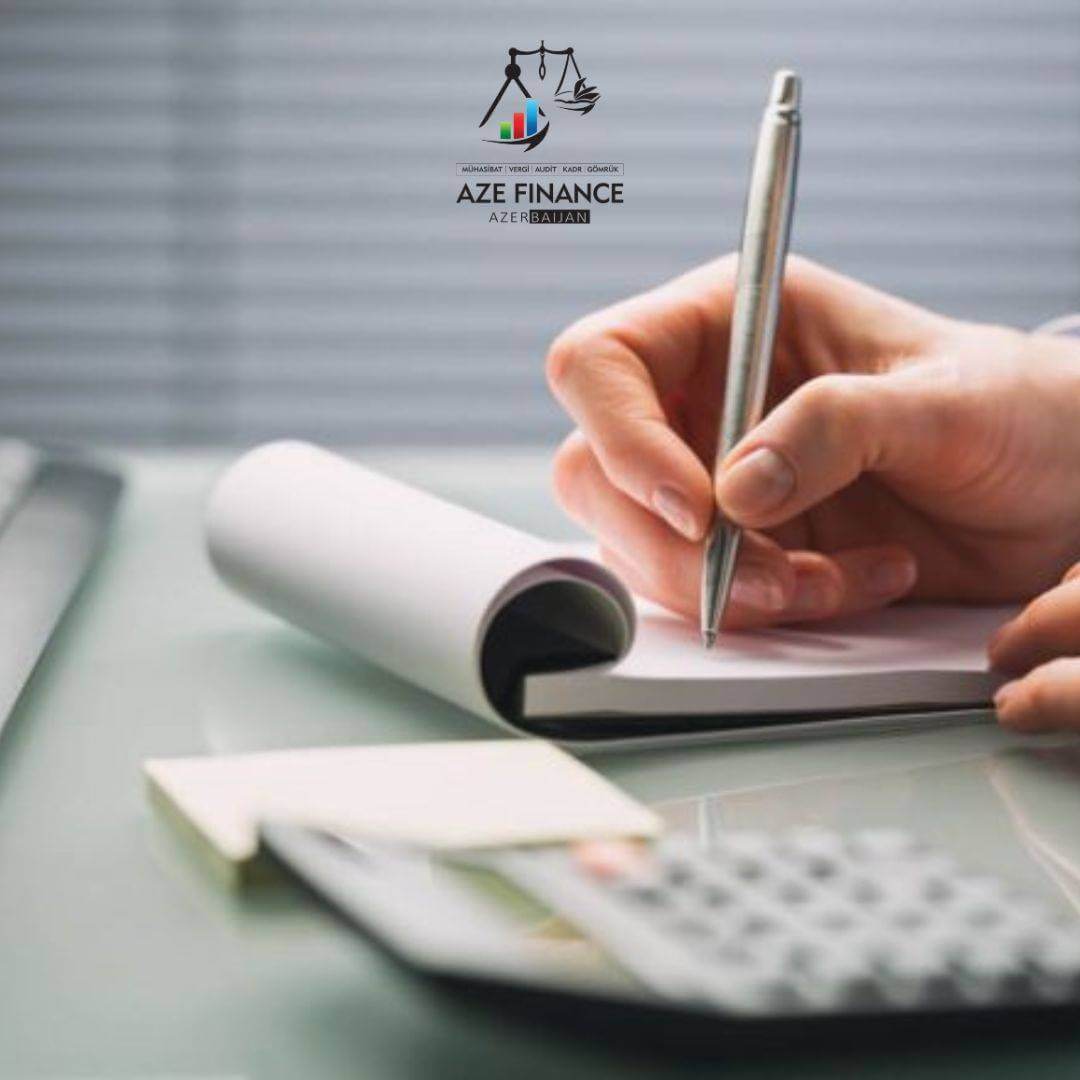Which indicators are verified under Annex No. 1 of the profit tax declaration?
Which indicators are verified under Annex No. 1 of the profit tax declaration?

In practice, the following indicators presented by the taxpayer in Annex No. 1 of the profit tax declaration are subject to verification:
– Fixed Assets. Amortization and repair expenses, property tax, and, in cases where disposals exceed the norm, comparisons are made between the income from the sale of amortized assets and recorded revenues, along with the review of other related issues.
– Inventories. They affect the total amount of expenses. Regardless of the inflows and outflows during the period, the algorithm calculates the positive or negative difference between the opening and closing balances of the current year (using the closing balance from the previous year's declaration as the opening balance) and either deducts or adds this difference to the total expenses for the current year.
– Accounts Receivable. The year-end balance of accounts receivable is cross-checked with the year-end accounts receivable balance reported in the VAT declaration for December of the same year, and necessary adjustments may be made to turnover.
– Cash Funds. Inflows are compared with the revenue reported in the current year's profit tax declaration and the VAT declaration, and additional inquiries may be made accordingly.
– Capitalized Assets. Write-offs are continuously compared with additions to fixed assets and deducted from the property tax base.
– Other Assets. Explanations may be requested regarding their composition and nature.
– Net Profit. Compared for the purpose of calculating dividends in the withholding tax (WHT) declaration.
– Advances. Used when comparing the turnover in VAT and profit tax declarations.
– Creditors. The composition of write-offs under this section may be requested. If the taxpayer fails to provide a breakdown of the write-offs of creditor liabilities, such amounts are classified as “Forgiven creditor debt” and are added to the income in the profit tax declaration.
One of the common cases observed in practice is that some taxpayers record the discrepancy between total assets and the total of capital and liabilities in the “Other Liabilities” or “Other Assets” sections in Annex No. 1.
By including amounts with unclear or unverifiable sources in these sections, an artificial balance is created in Annex No. 1. While investigations related to “Other Liabilities” are rarely encountered in practice, explanations regarding the classification of amounts under the “Other Assets” section are frequently requested.

In practice, the following indicators presented by the taxpayer in Annex No. 1 of the profit tax declaration are subject to verification:
– Fixed Assets. Amortization and repair expenses, property tax, and, in cases where disposals exceed the norm, comparisons are made between the income from the sale of amortized assets and recorded revenues, along with the review of other related issues.
– Inventories. They affect the total amount of expenses. Regardless of the inflows and outflows during the period, the algorithm calculates the positive or negative difference between the opening and closing balances of the current year (using the closing balance from the previous year's declaration as the opening balance) and either deducts or adds this difference to the total expenses for the current year.
– Accounts Receivable. The year-end balance of accounts receivable is cross-checked with the year-end accounts receivable balance reported in the VAT declaration for December of the same year, and necessary adjustments may be made to turnover.
– Cash Funds. Inflows are compared with the revenue reported in the current year's profit tax declaration and the VAT declaration, and additional inquiries may be made accordingly.
– Capitalized Assets. Write-offs are continuously compared with additions to fixed assets and deducted from the property tax base.
– Other Assets. Explanations may be requested regarding their composition and nature.
– Net Profit. Compared for the purpose of calculating dividends in the withholding tax (WHT) declaration.
– Advances. Used when comparing the turnover in VAT and profit tax declarations.
– Creditors. The composition of write-offs under this section may be requested. If the taxpayer fails to provide a breakdown of the write-offs of creditor liabilities, such amounts are classified as “Forgiven creditor debt” and are added to the income in the profit tax declaration.
One of the common cases observed in practice is that some taxpayers record the discrepancy between total assets and the total of capital and liabilities in the “Other Liabilities” or “Other Assets” sections in Annex No. 1.
By including amounts with unclear or unverifiable sources in these sections, an artificial balance is created in Annex No. 1. While investigations related to “Other Liabilities” are rarely encountered in practice, explanations regarding the classification of amounts under the “Other Assets” section are frequently requested.


